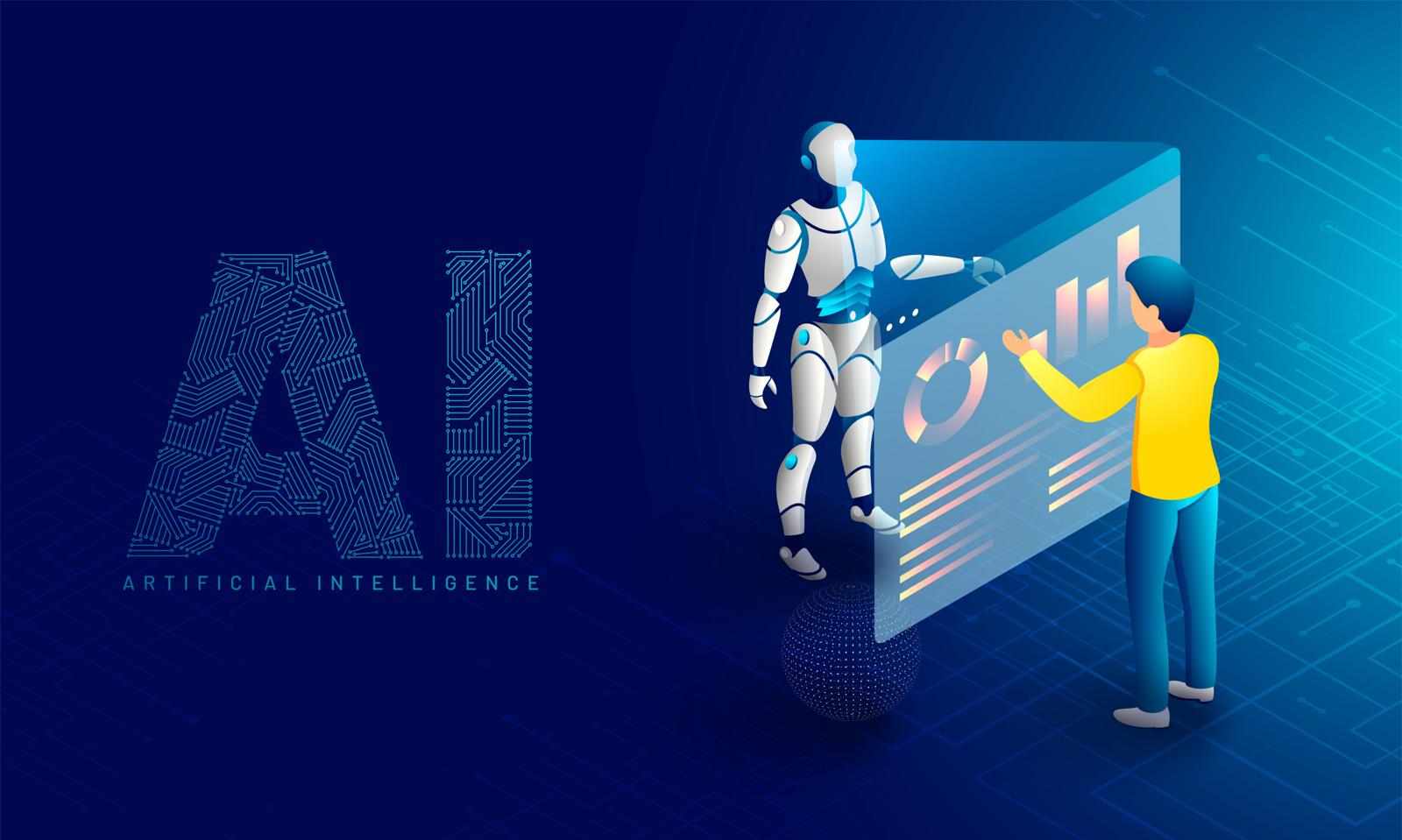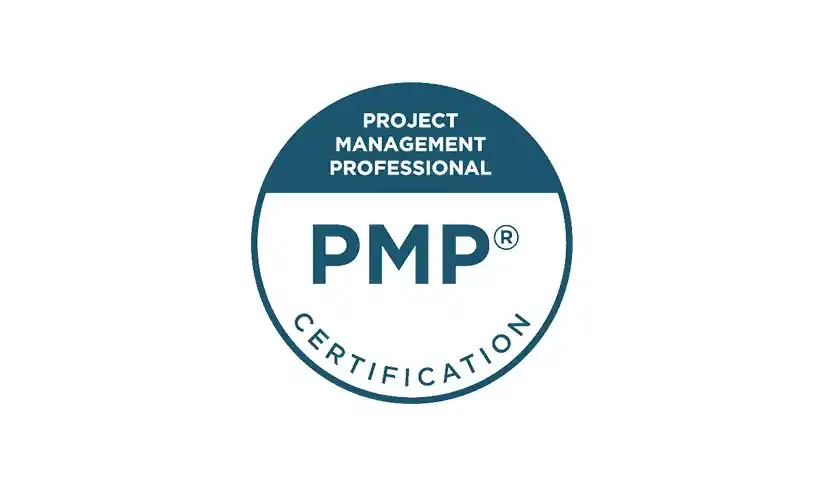Rapid digitisation has pushed organisations to automate more of their high‑stakes decisions. From loan approvals to insurance underwriting, these choices hinge on well‑defined policies that must be executed consistently and at scale. Yet traditional code‑centric approaches struggle to keep pace with changing regulations, competitive pressures and customer expectations.
In this landscape, Business Rule Management Systems (BRMS) have emerged as a crucial layer in modern enterprise architecture. By externalising decision logic from application code, BRMS platforms allow business analysts and domain experts—not just developers—to author, test and deploy rules quickly. This agility is invaluable in sectors like finance, healthcare and e‑commerce, where a single rule tweak can protect margins or avert compliance fines.
Aspiring analysts who enrol in a business analysis course in Kolkata encounter BRMS as a core toolset for modelling complex decisions. Understanding how to translate ambiguous policies into precise, executable rules is no longer optional; it is a baseline competency that employers actively seek in the city’s thriving IT and consulting markets.
What Is a Business Rule Management System?
At its heart, a BRMS is a software platform that separates decision logic (rules) from the procedural code of an application. Rules can be expressed in a readable, often business‑friendly syntax—such as “If customer age < 25 and premium > ₹25 000, request manual review.” The engine evaluates these rules against data in real time and returns decisions consistently, whether it is calculating discounts, flagging potential fraud or routing customer requests.
Why BRMS Matters for Complex Decisions
Complexity arises when decisions depend on numerous variables—products, geographies, customer segments, risk thresholds—and each combination demands unique handling. Hard‑coding such permutations in a conventional application can create brittle systems that are expensive to maintain. BRMS decouples this logic, enabling rapid iteration without redeploying core code, shortening release cycles from weeks to hours. For regulated industries, the added transparency—rules are visible, traceable and versioned—eases audits and governance reviews.
Core Features Students Should Master
Rule Authoring Interfaces
Most platforms provide intuitive editors, decision tables and visual flow charts. Trainees must learn to structure rules hierarchically, avoid duplication and write at the right level of granularity.Inference Engines
Under the bonnet, engines employ forward‑ or backward‑chaining algorithms to determine which rules fire. Grasping these mechanics helps analysts predict interactions and troubleshoot conflicts.Version Control and Governance
As rule sets grow, so does the need for controlled promotion from development to production. Features like role‑based access, testing sandboxes and impact analysis dashboards safeguard quality.Simulation and Testing
Sandboxing sample datasets against new rule versions reveals unintended consequences before deployment—critical in high‑risk domains.
Integration with Modern Tech Stacks
Contemporary BRMS solutions expose REST APIs, event streams and containerised deployments, making them cloud‑friendly and microservice‑ready. In practice, a loan‑processing application might call the BRMS microservice each time a customer submits an application, receiving an immediate eligibility decision. Familiarity with CI/CD pipelines, Docker images and Kubernetes orchestration therefore gives students an edge when integrating rules with enterprise applications.
Classroom to Real Projects: Teaching Approaches
Instructors in Kolkata often simulate sector‑specific scenarios—think retail promotions, insurance claims or telecom churn management—so learners can map business objectives to rules. Group projects pair analysts with developers, mirroring cross‑functional teams. Emphasis is placed on traceability: each rule must link directly to a policy or KPI, fostering accountability. Peer reviews and automated unit tests reinforce best practices around maintainability.
Future Trends Shaping BRMS Education
Artificial intelligence is not replacing rules; instead, hybrid decision‑management combines machine‑learning insights with rule‑based governance. For instance, a predictive model may score a transaction’s fraud likelihood, while BRMS rules determine thresholds for manual review or automatic blocking. Low‑code platforms are also bringing rule authoring to non‑technical roles, amplifying demand for analysts who can facilitate workshops, capture business intent and enforce design standards.
Cyber‑security and data‑privacy regulations continue to tighten, particularly with India’s Digital Personal Data Protection Act. BRMS platforms help organisations bake compliance into every transaction, making proficiency in them highly marketable. As Kolkata’s start‑up ecosystem grows, companies need analysts who can implement policy‑driven automation without incurring technical debt.
Conclusion
Business Rule Management Systems transform policies into living assets that can evolve as fast as the market demands. For students pursuing a business analysis course in Kolkata, mastering BRMS equips them to model, test and deploy complex decisions with clarity and speed—skills that resonate across finance, healthcare, retail and beyond.





Write a comment ...